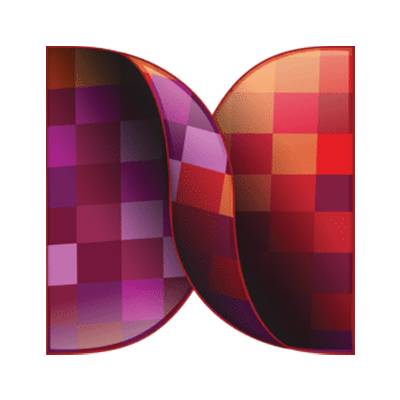If you are looking to convert MVG files to SVG, you have come to the right place. MVG files, short for Magick Vector Graphics, are image files that are primarily used in ImageMagick, a software suite commonly used for manipulating images. On the other hand, SVG files, or Scalable Vector Graphics, are widely supported vector image formats that are commonly used for web graphics and animations. Converting MVG files to SVG files can be beneficial for a number of reasons. Firstly, SVG files are supported by most modern web browsers, making it easier to display and share your graphics online. They also offer the advantage of being scalable, meaning they can be resized without losing any quality. This makes SVG files ideal for responsive web design and applications. Additionally, SVG files can be easily edited using various design software, allowing for further customization and flexibility. Whether you are a web developer, graphic designer, or simply need to convert MVG files for a specific project, our website offers a range of converters that can seamlessly convert your MVG files to SVG files.








































MVG files, also known as Magick Vector Graphics files, are a common file format used in the technology industry for storing vector-based images. Unlike raster images, which are made up of a grid of pixels, vector graphics are created using mathematical equations that define shapes, lines, and curves. MVG files contain a series of instructions that describe these mathematical equations and other attributes of the image, such as colors and transformations. This makes MVG files highly scalable and resolution-independent, allowing them to be resized or printed at any size without loss of quality. MVG files can be viewed and edited using various software applications, including graphic design programs and image editors that support the Magick Vector Graphics format.
SVG files are a widely-used file format in the world of technology. Short for Scalable Vector Graphics, SVG files are essentially XML (eXtensible Markup Language) files that describe 2D vector graphics. Unlike other popular image formats, such as JPEG or PNG, SVG files are not made up of a fixed grid of pixels. Instead, they are made up of a series of mathematical equations that define lines, curves, shapes, and colors. Because of this unique characteristic, SVG files can be scaled up or down without any loss in quality, making them ideal for logos, icons, maps, and other graphics that need to be displayed across different devices and resolutions. Additionally, SVG files can be edited and modified using a variety of software programs, allowing for easy customization and adaptability.